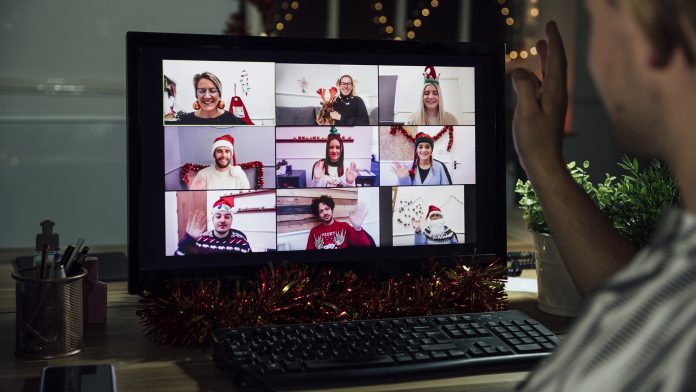Celebrating Christmas has been a worldwide tradition for hundreds of years, but technological advancements and the internet have changed the way we celebrate festivities.
From online shopping, to rapidly developing Artificial Intelligence (AI), consumers rely on technology now more than ever to buy gifts and connect around Christmas.
Just a few ways technological advancements have changed Christmas include cards, social media, and video calling. Let’s take a look at how these have developed over the years and also analyse how Christmas may look in the future with the ever-growing cyber world.
Christmas traditions in the past
In the past, it was extremely common for Christmas traditions to be handmade. Take cards and presents, for example.
Cards were often handmade from dry flowers and other natural things, such as leaves. They were also traditionally handed out in person and included more in the gift side of things than they are today.
Although exchanging Christmas cards continues to be a tradition around the world, technological advancements, such as online card creation and e-cards, mean that they are very rarely handmade.
The tradition of giving and receiving gifts has also been impacted by technology over time. Similarly to people making their own Christmas cards, gifts were often handmade. These included knitted hats, scarves, jumpers, or handmade wooden items. Christmas shopping was not a common thing in the past. So, how has the rise of technology changed these traditions?
How technology has shaped Christmas in the present day
Today, although Christmas traditions remain the same, many aspects of them look very different to how they used to due to technological advancements.
According to recent surveys, 72% of people still prefer to receive a physical Christmas card. However, traditional cards were gradually replaced with commercial ones, which were followed by e-cards when the internet became mainstream.
Another method of sending Christmas greetings is through video calls, such as FaceTime and Skype – which became popular with the rise of smartphones. This technological advancement has made it possible for families and friends to connect at Christmas when travelling is not an option. For example, virtual Christmas celebrations were extremely popular during the COVID-19 pandemic, when people were not permitted to mix outside their households.
However, the biggest way technology has changed Christmas is through consumer behaviour. Just as in-store shopping replaced handmade gifts, online shopping has replaced the high street. The internet has revolutionised Christmas shopping for many people, as they can avoid busy crowds around Christmas and simply order online.
From the comfort of their own home, people can buy all their Christmas presents in a few clicks, saving time going from store to store.
Technological gadgets are the most sought after Christmas gift by both adults and children. Every year sees new advancements in the technology field, with people keen to get their hands on the latest trends.
It is clear that technological advancements shape the way we communicate and behave at Christmas. We shop online, video record our children opening their presents, and catch up with people virtually. Despite Christmas today currently being the pinnacle of technological advancements, constant developments in the cyber world and the internet mean that Christmas could also look very different in years to come.
What might Christmas look like in the future?
In terms of the technology yet to come, there will likely be many changes that further develop how we celebrate Christmas.
The rise of Virtual Reality (VR) and AI are significant technological advancements that will impact how we communicate at Christmas. It is likely that Christmas greetings may be sent by VR devices, robots could cook our Christmas dinners, and gifts may be delivered by flying drones.
In 20 years time, as we look to celebrate Christmas, the big day will feel very different from the way it does now – we have technology to thank for that.







